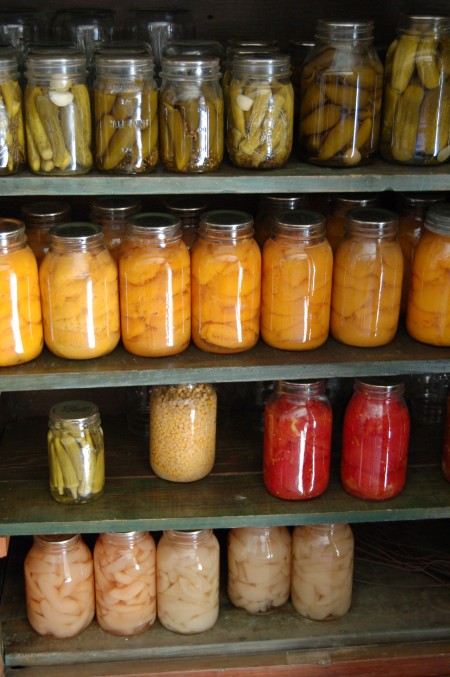Food allergies are complex, and it isn’t clear what exactly can trigger their onset. Therefore, it’s important to pay attention to food labels if you or someone close to you suffers from a food allergy. After all, even the tiniest amount of an allergen can cause a painful, and sometimes very serious, reaction. So what are the causes and risks of these allergic reactions, and can they be prevented? Additionally, what information included on your product label will help you to identify these allergens?

Allergic reactions
An allergic reaction is caused by one thing – your immune system going into overdrive! Foods contain certain proteins, which in most people cause no harm or allergic reaction. In those with a food allergy however, the immune system makes a mistake, and see those harmless proteins as a threat and takes action. It does this by releasing certain chemicals, which cause the dreaded allergic reaction.
There are many theories as to what causes this, from the ‘germ-free’ world we live in to a mother eating peanuts during her pregnancy. There’s no clear-cut cause, although allergies can run families – though family members may not be allergic to the same thing!
How can they be prevented?
There’s no proven way to prevent a food allergy from developing, despite the aforementioned peanut myth! The most effective way of preventing an allergen triggered reaction is by simply avoiding the allergens that cause it. This means looking at food labels, so that you are aware of what products contain which allergens. The most common in the UK are milk, eggs, peanuts, tree nuts, fish and shellfish. Warnings are often present on labels if they contain these potential allergens.
Risk assessment
How do you ensure that all of the foods you buy are safe to consume though? The first step is to check your food labels even more thoroughly. Phrases such as ‘may contain’ are sometimes used if a trace of an allergen could be present in a food product because it has somehow, accidentally, entered the production process. Other phrases meaning the same thing are often used too, such as ‘made on equipment that also processes’ or ‘made in a factory that also handles’.
So even if a food product doesn’t appear to contain an allergen, it’s worth checking! After December 2014, new regulations that build on current legislation will be introduced. These labelling provisions will now include labels on pre-packed foods, and new rules for allergen information to be provided for foods sold non-packed or pre-packed for direct sale will be introduced.
These changes to food labelling will help consumers to make safer and more informed choices when it comes to products, lowering the risk of an adverse reaction. As the saying goes, prevention is better than a cure!
Don’t let an allergy hold you back
Food allergies can cause great disruption and stress in a sufferer’s everyday life. However, the information included on food labels can make managing them a lot easier. With more thorough legislation coming into place too, there’s no need to feel as if you cannot enjoy food. Yes, there may be certain things that you can’t indulge in, but there are plenty more delicacies on the market to sample. So check your labels to avoid any problems, and you will be fine!
Tammy Wiltshire is the Marketing Manager for one of the UK’s leading label manufacturers- Labelnet. Tammy feels it is important to highlight the need to read the labels of all foods and medicines in order to prevent bad allergy reactions.

